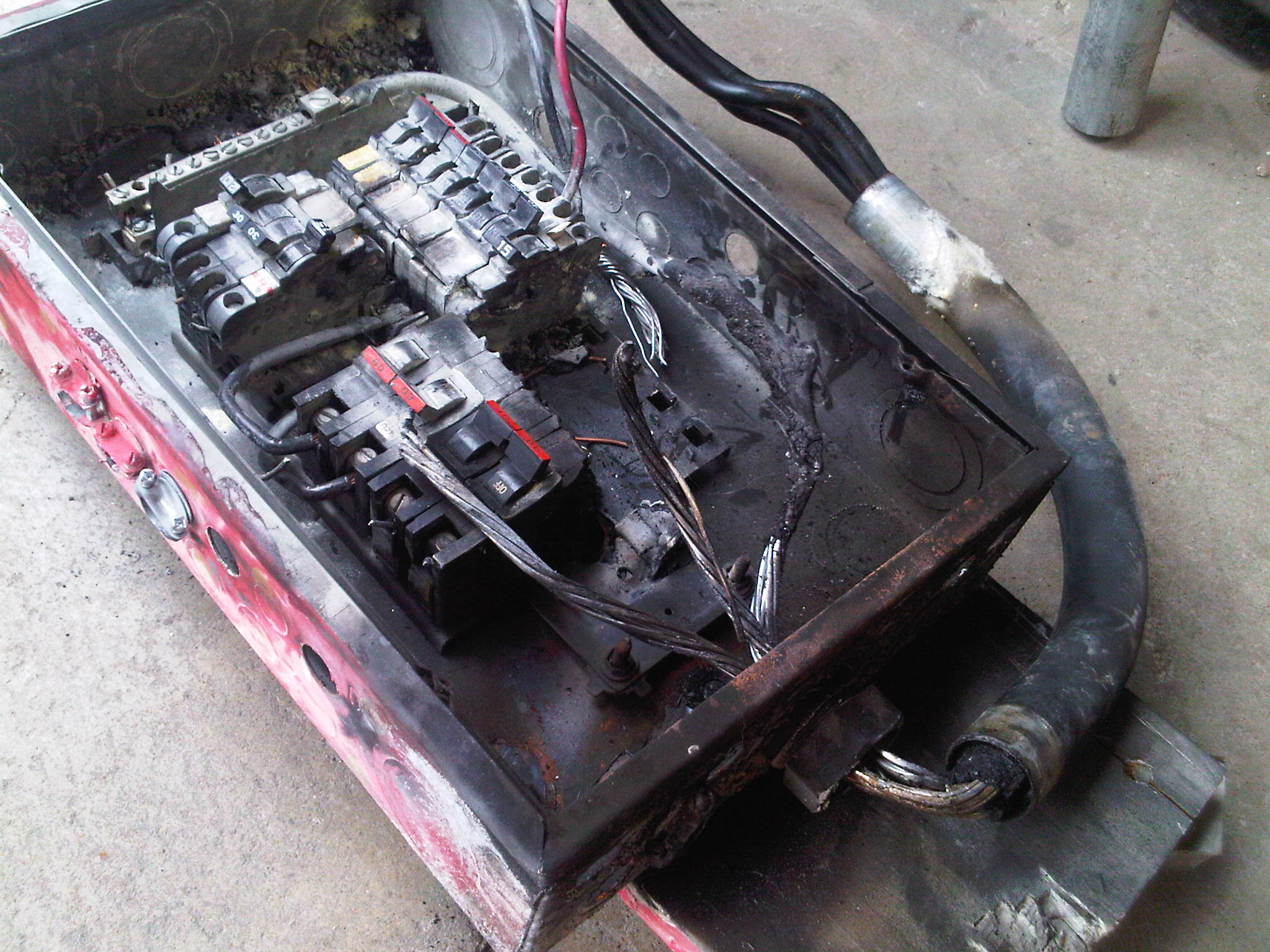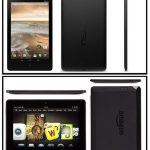We often take electricity for granted- it’s simply there in the electrical outlets, waiting for us to plug something in and use it, although as we reach adulthood and become responsible for paying the electricity bill, we are certainly mindful of the cost. But what about the risk? There are more than 26,000 electrical fires each year in the United States, and while in the cases of damaged or destroyed homes and even loss of life, the attribution of blame is not the first thing that’s thought about. Blame will of course be explored in the subsequent investigation, and sadly, the vast majority of electrical fires are due to human error or negligence, and as such, could have been easily prevented. So how do you minimize the risk of electrical fires, thus minimizing the potential for damage, injury and liability?
Inside the Walls
The acquisition of a new appliance or gadget is often a source of pride, and certainly, that new big screen plasma 3D smart TV sure looks great in the corner of the room, but have you ever thought about the wires that are feeding it electricity? It’s a case of out of sight, out of mind, but you need to ensure that your wiring is at the highest standard, and this is of particular importance if you live in an older home, where the wiring may have been ignored for decades. Homes have more need for electricity than they did a generation ago, thanks to the proliferation of high use appliances and gadgets common in contemporary homes. Older forms of wiring can sometimes overload, causing a spark that means that your seemingly fine iPhone charger or coffee maker can catch fire. Wire gauge solid copper wiring is the best and safest fit for the modern home, and if you don’t already have this, it can be advisable to install it.
DIY isn’t always a Great Idea
When purchasing a new appliance, we often don’t bother to read the safety instructions, particularly if it’s something like a hairdryer or iron, in which case the instruction of “do not immerse in water” seems almost insultingly obvious. Most appliances also have some form of disclaimer that instruct you to not dismantle or service the device yourself, and even if you possess the necessary skills, this is not a wise course of action. Improperly serviced appliances can short circuit and cause a fire, and to not have the repairs carried out by an authorized serviceperson can void the warranty of the device. While you might not be concerned at the cost of replacing a small appliance, ignoring the disclaimer also raises liability issues, and your home insurance might not cover any subsequent fire damage, although this is highly dependent on individual policies. The same goes for attempting any rewiring work around your home yourself- the cost of hiring a professional is much less than the potential fire danger.
Careful what you Buy (and how you use it)
While all electrical appliances must meet minimum safety standards in order to be approved for retail, it’s not an even playing field, and some appliances have been subjected to more rigorous levels of safety testing than others. Look for the Underwriters Laboratories stamp of approval on any device you consider purchasing, and this is presented as a small red UL on the packaging. UL operates in 46 countries and is a worldwide leader in electrical safety standards. It’s also vital to not overload electrical outlets by plugging multiple devices in at the same time. If your home doesn’t have enough outlets then you need to prioritize- not everything will need to be plugged in at the same time, since an overloaded outlet can result in a fire. Multiple adapters can be handy, but are not ideal for permanent use.
And always remember to never use water on an electric fire, since water is a perfect conductor of electricity, and there’s a danger of electrocution. This is the reason why every home and office needs a fire extinguisher.


















No Comments
Leave a comment Cancel